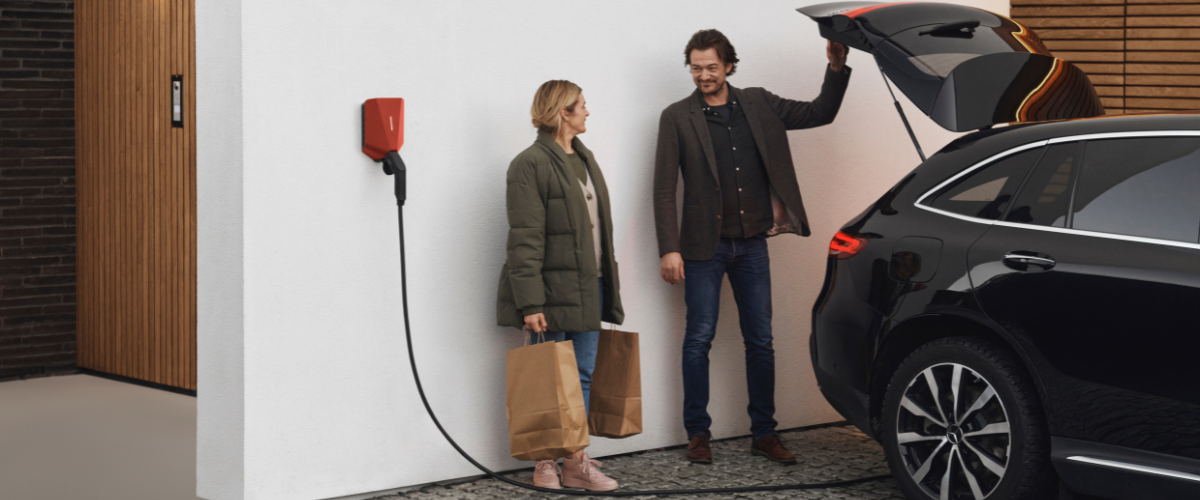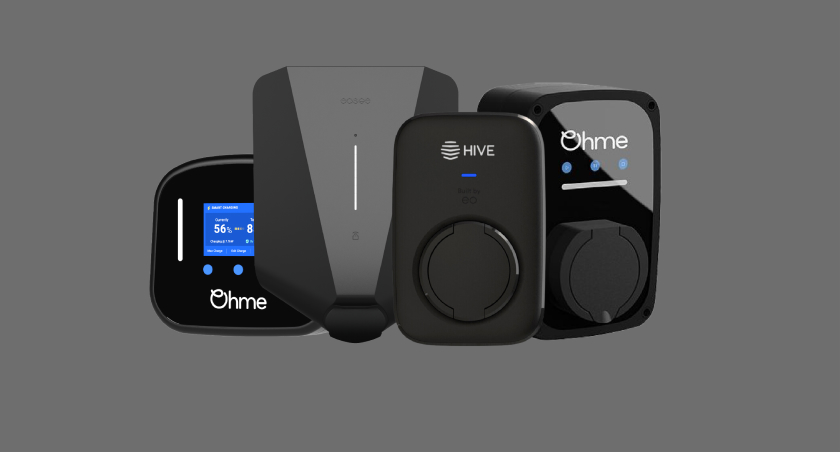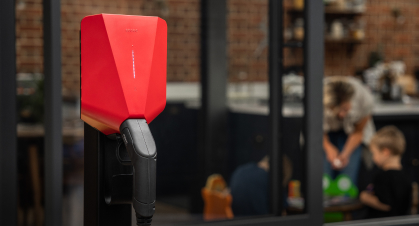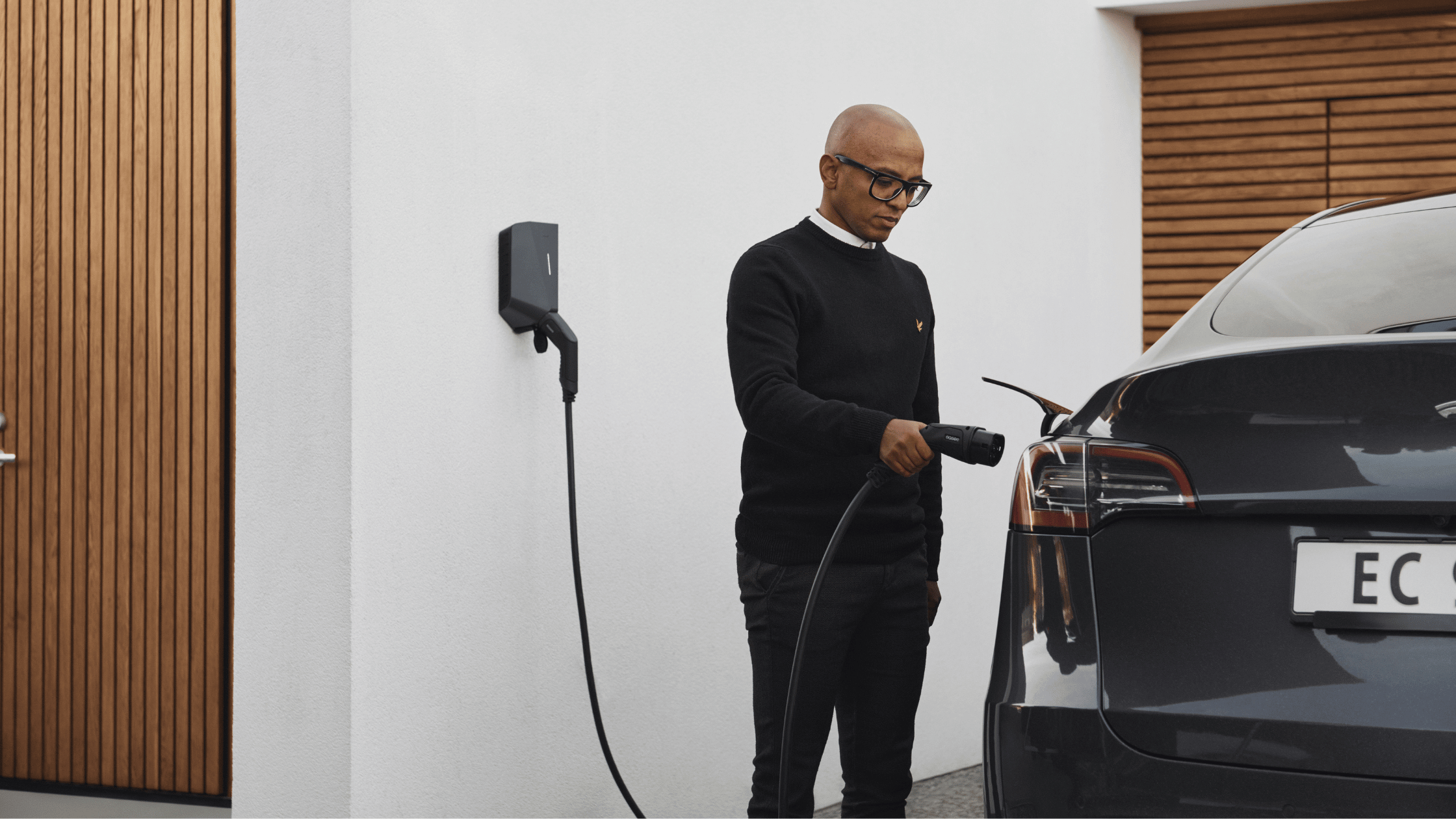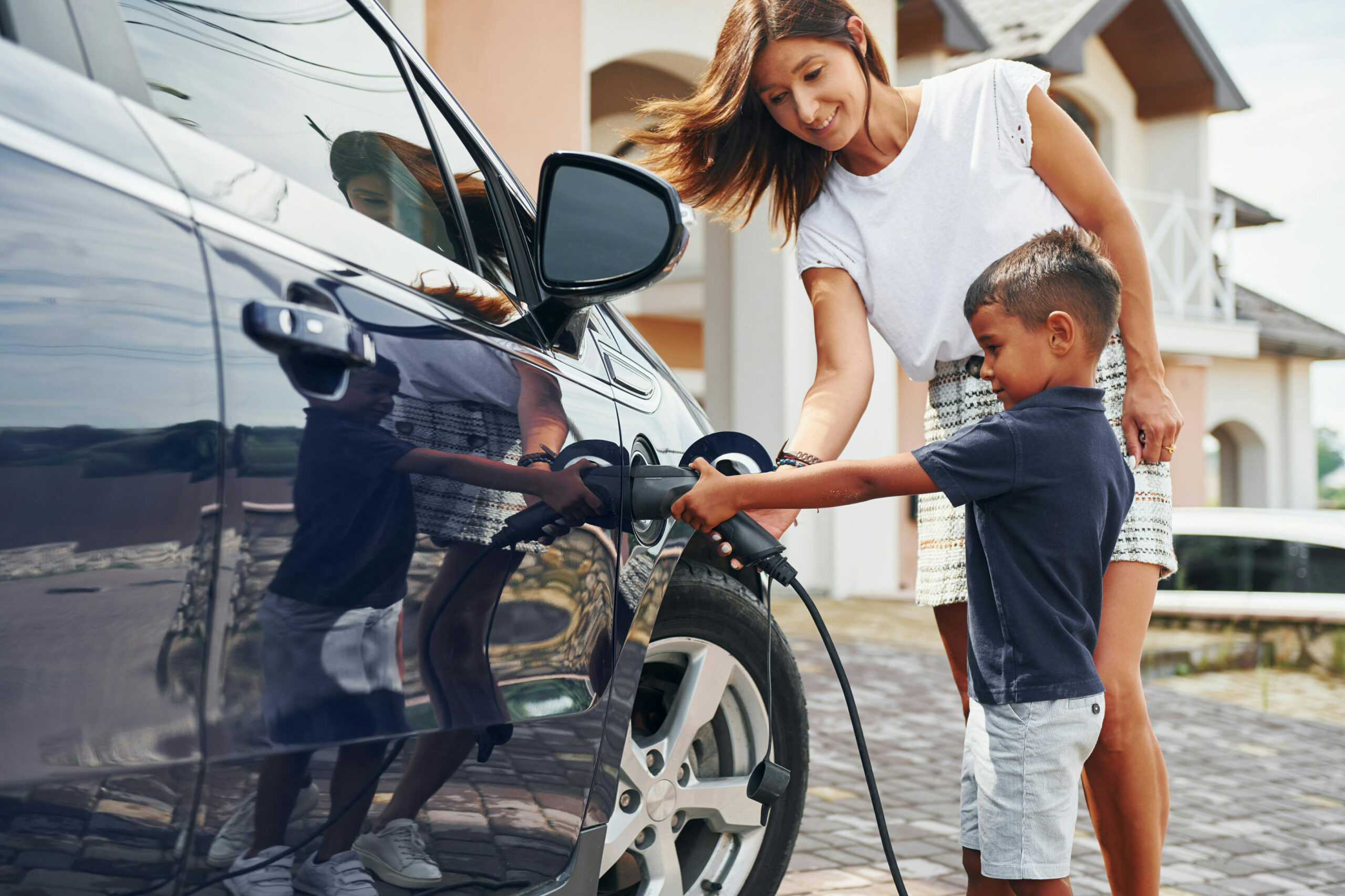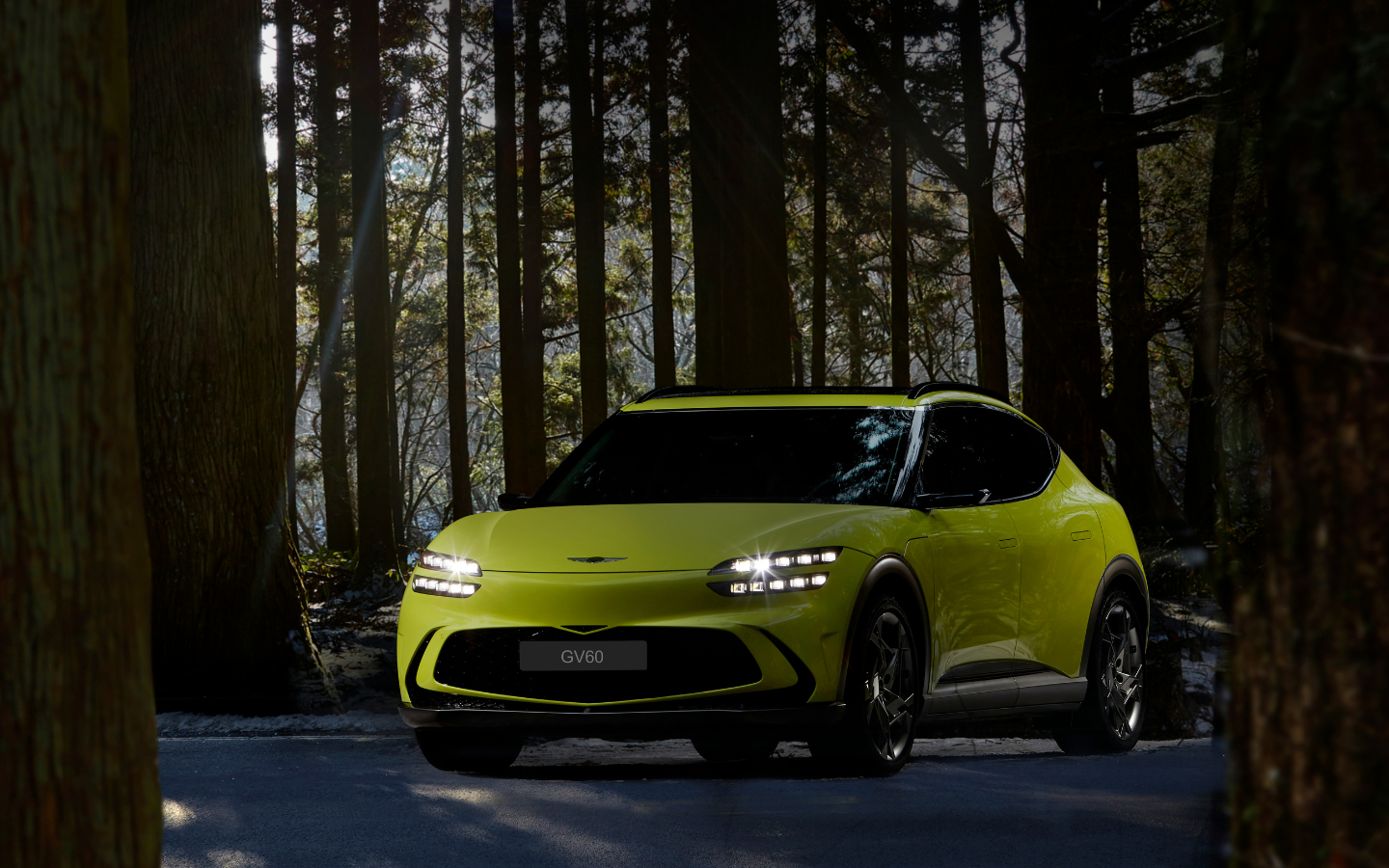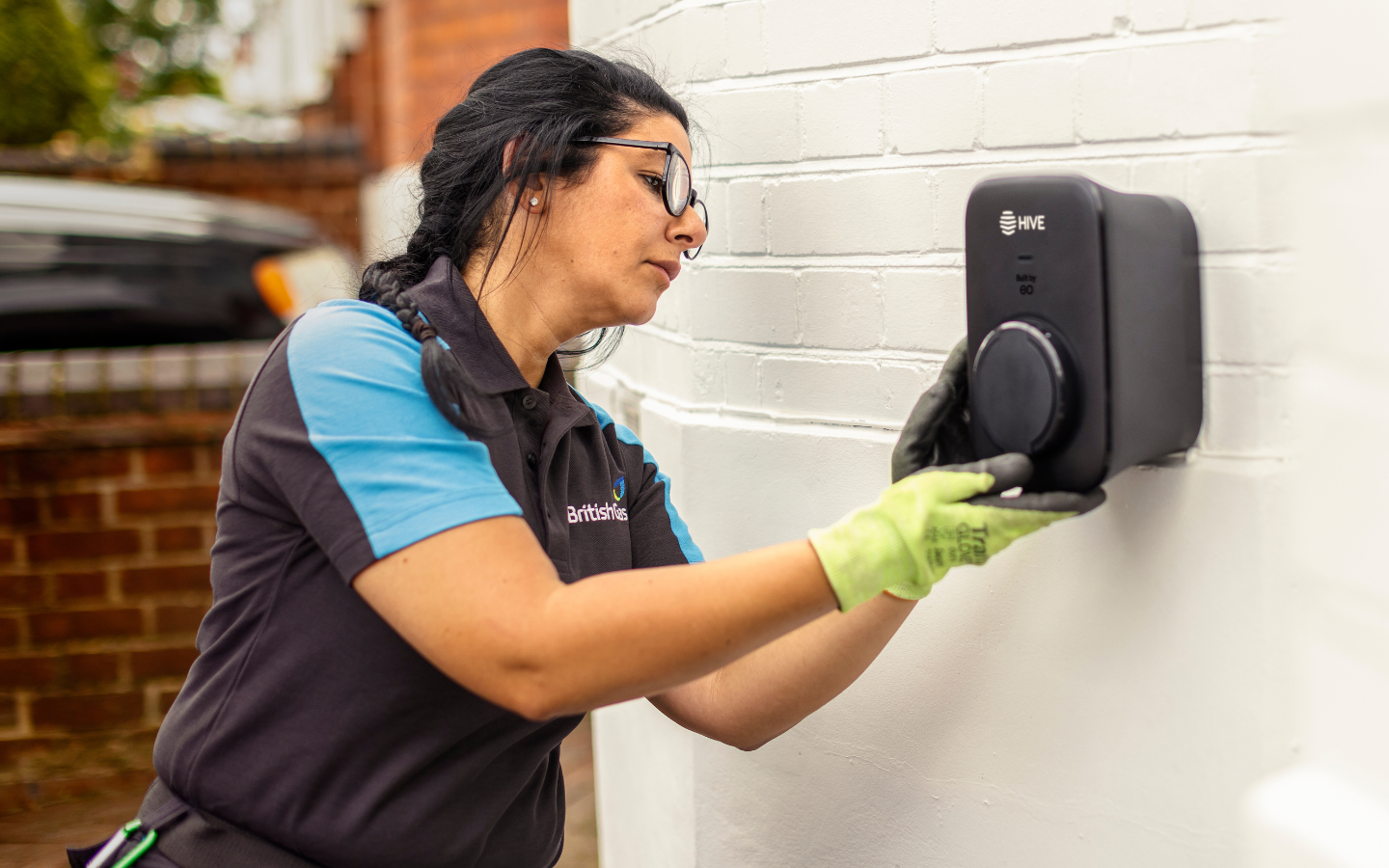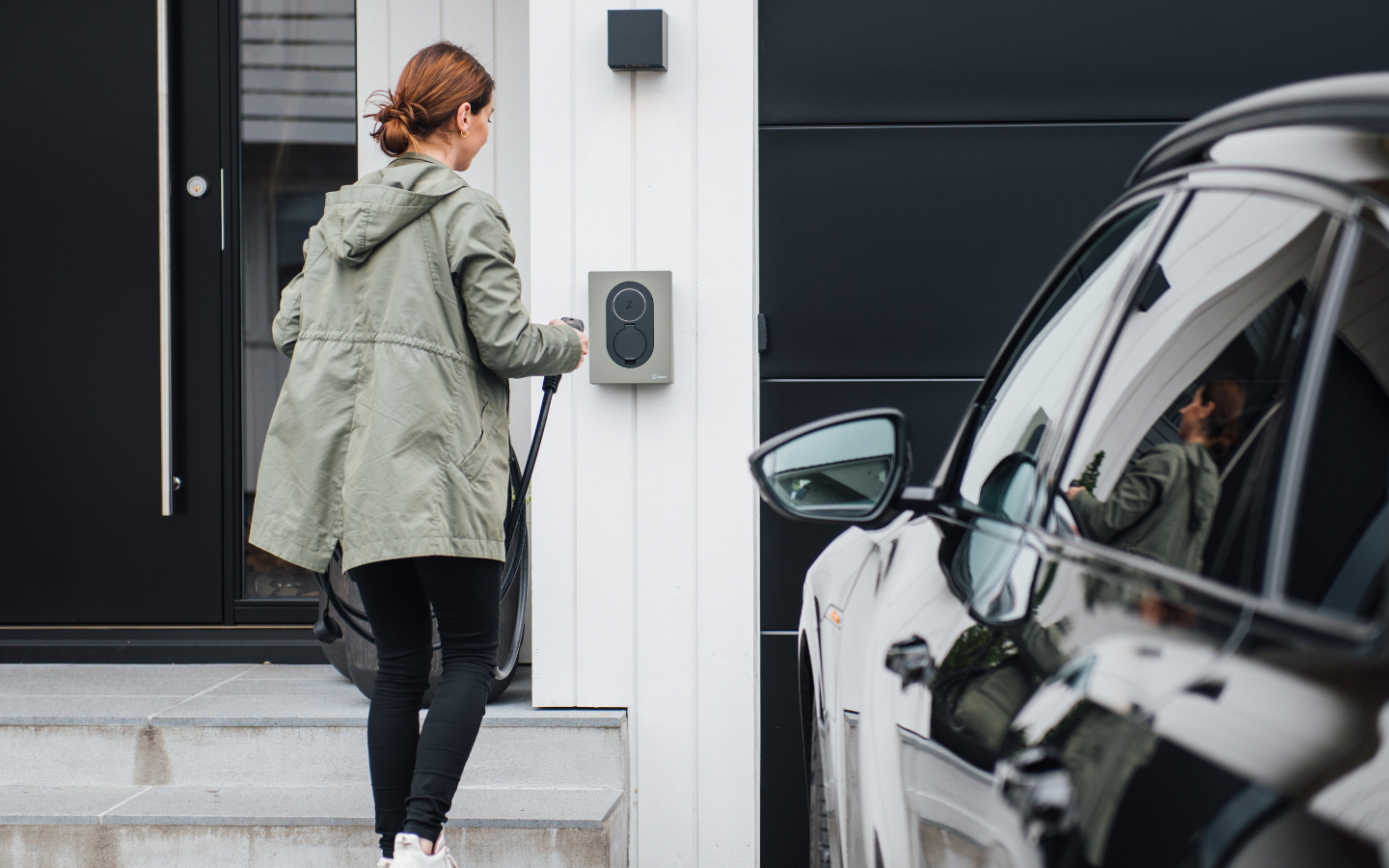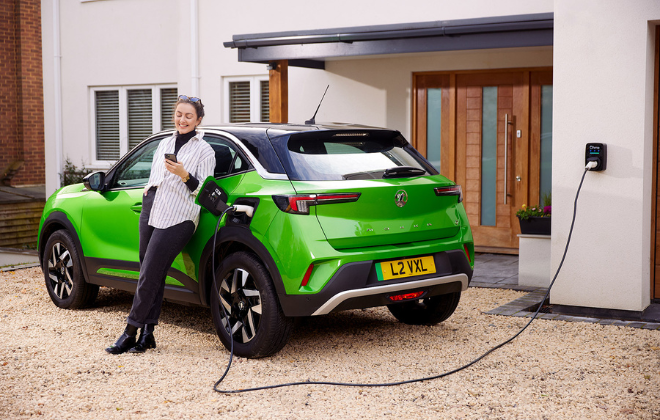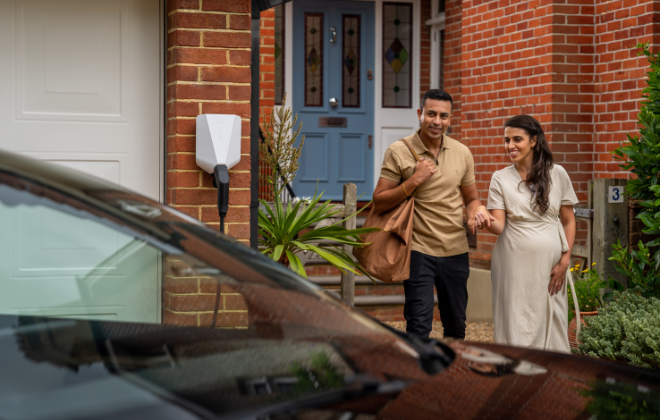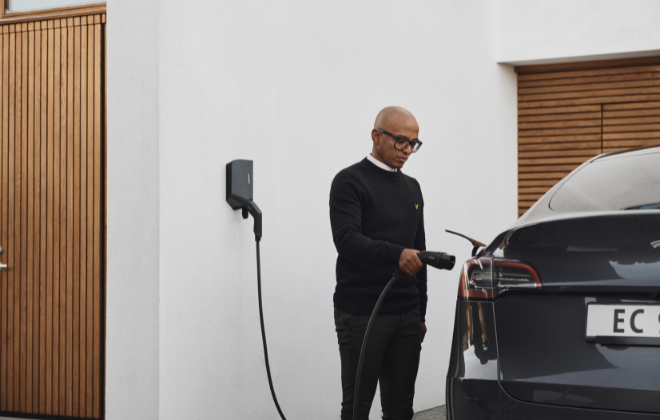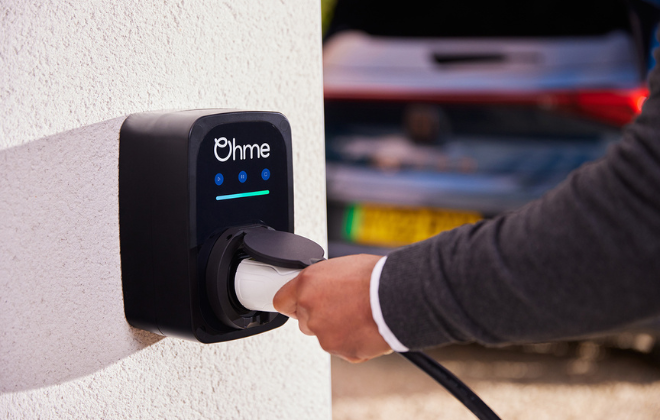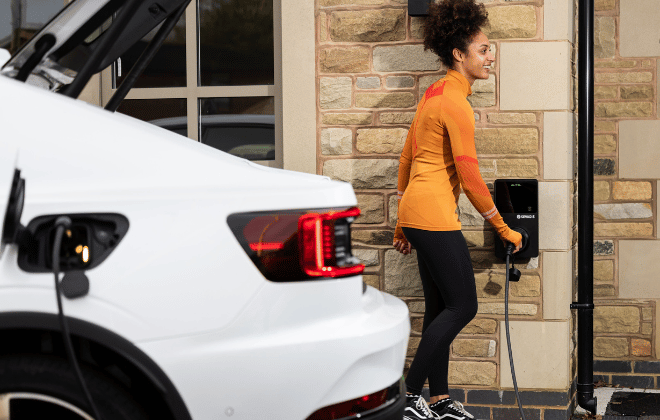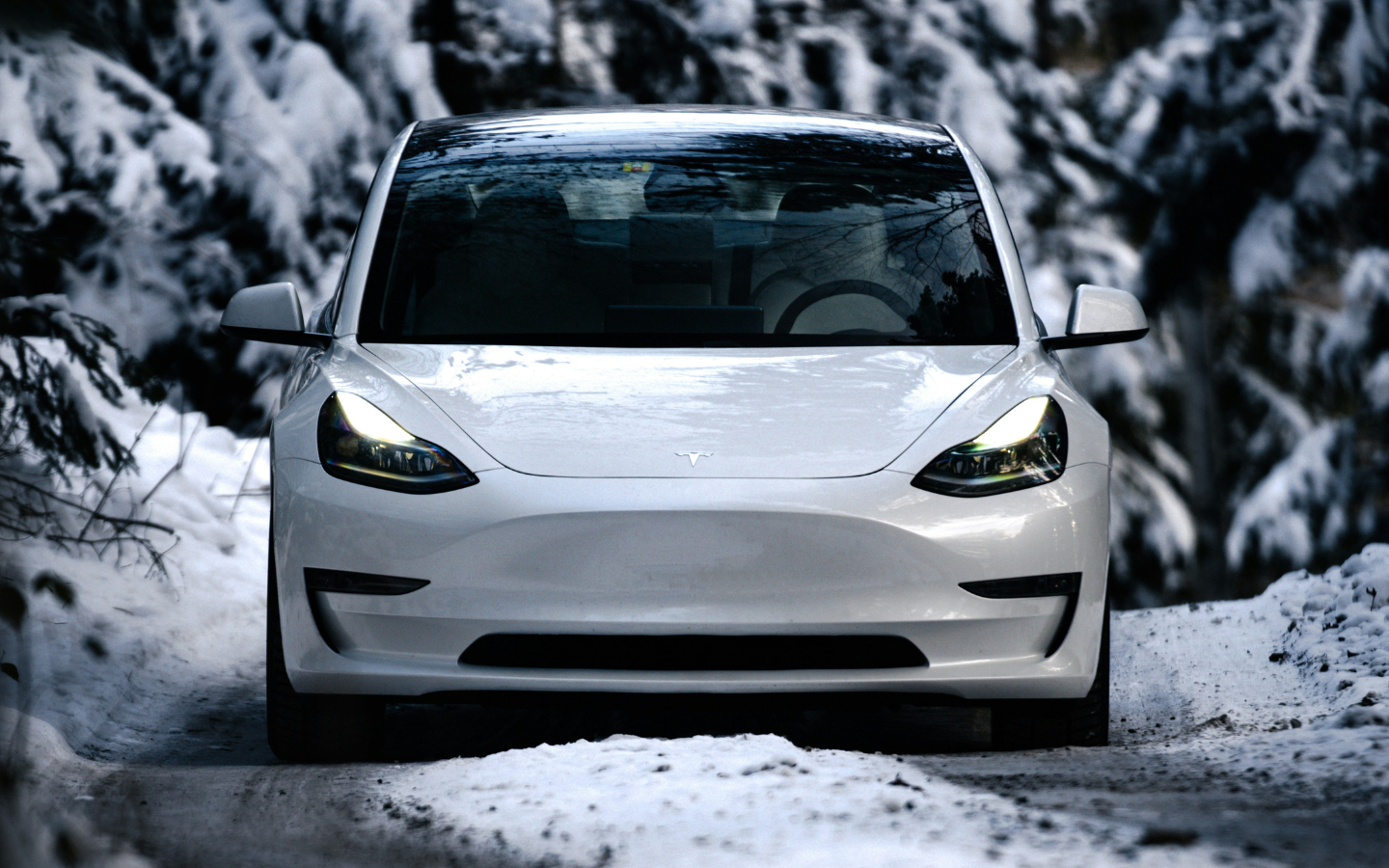

Six Tips For Driving Your EV in Winter
Six tips for driving your electric car in winter
It’s no secret; most cars don’t perform well in winter. Whether you own an electric, petrol or diesel car, cold weather has a negative impact on us all.
And while electric vehicles generally perform just as well or even better than gas-powered cars during the winter, many factors, including cold temperatures, icy roads, and snow, can affect how well your electric car will function.
Decreased range (fewer miles out of a full charge on your electric car) is an unfortunate outcome of this winter weather.
But try not to stress. We have some useful tips for driving your electric vehicle in the winter, focusing on maximising range and protecting your EV.
Why do electric cars have less range in winter?
Electric cars have less range in winter because of their lithium-ion batteries. Why? Because similarly to mobile phones, when the temperature plummets, it affects the battery chemistry, decreasing its efficiency due to slower reactions.
For instance, when What Car tested the Cupra Born’s 58kWh V3 range in the winter months, the electric car range fell short by 28.7%, totalling 182 miles – down from its official range of 255 miles.
Typically, electric cars perform best between 20 and 30 degrees Celsius.
Should you be worried about electric car range in winter?
If you are one to suffer from range anxiety, you could opt to invest in a heat pump to help maintain your EV’s range in the colder months – but it’s not a requirement. No matter what car you drive, snow and colder temperature will always affect vehicle efficiency.
There are also cheaper ways to maximise your EV range – whatever the weather. Try keeping your car lightweight or take advantage of regenerative braking.
But try not to worry too much. Norway is the leading country for EV adoption, with approximately 88% of all cars sold in 2022 being electric – despite the severe winters they face. With this in mind, there should be minimal cause for concern when driving your EV during the winter months in the UK.
1. Use the ECO MODE setting
Eco-mode is a useful feature that reduces power output in electric and hybrid cars, and it’s hugely beneficial during the winter months. It will help you maintain lower speeds, extend your battery range, and save you money.
Every EV has a slightly different function to their eco mode, but generally, they all work to reduce power consumption and increase mileage by reducing the energy supply to the drive motor and high energy consumption features such as cabin heaters.
Eco modes can make your car safer to drive in winter too. By reducing the power to the motor, the vehicle accelerates slower, which reduces the possibility of wheel spin on ice or snow-covered roads.
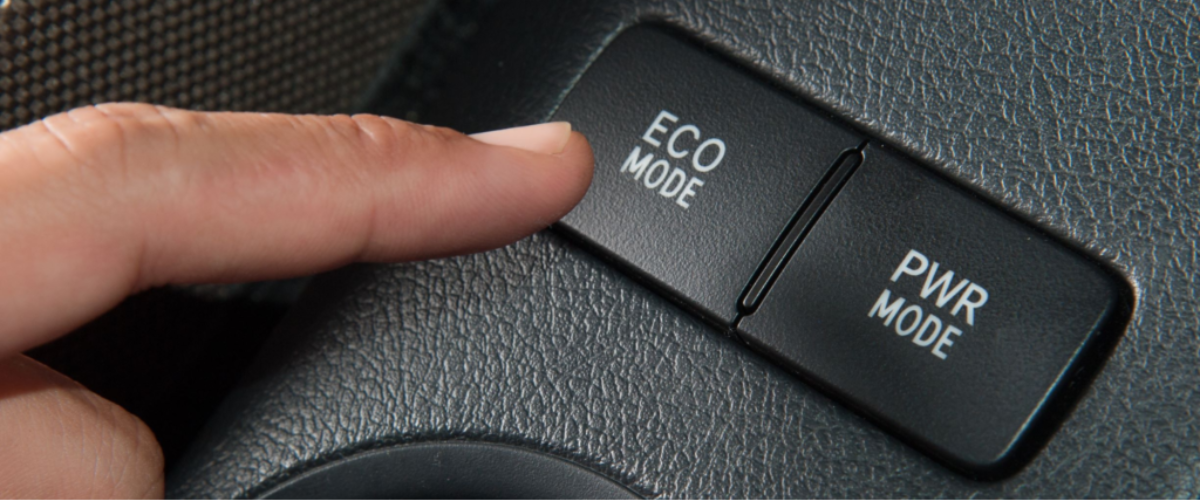
2. Use indoor parking facilities where possible
Try to keep your electric car garaged or in an enclosed parking space to ensure your EV battery doesn’t get even colder than it needs to be.
A super-chilled battery won’t perform as well or take as much charge as a warmer one, so if you drive your EV in cold climates, it will help performance to keep your car parked in a garage.
If you can’t do that, try to park in a spot in direct sunlight during the day. You’ll have a warmer battery and cabin when you get back in your car later – for free.
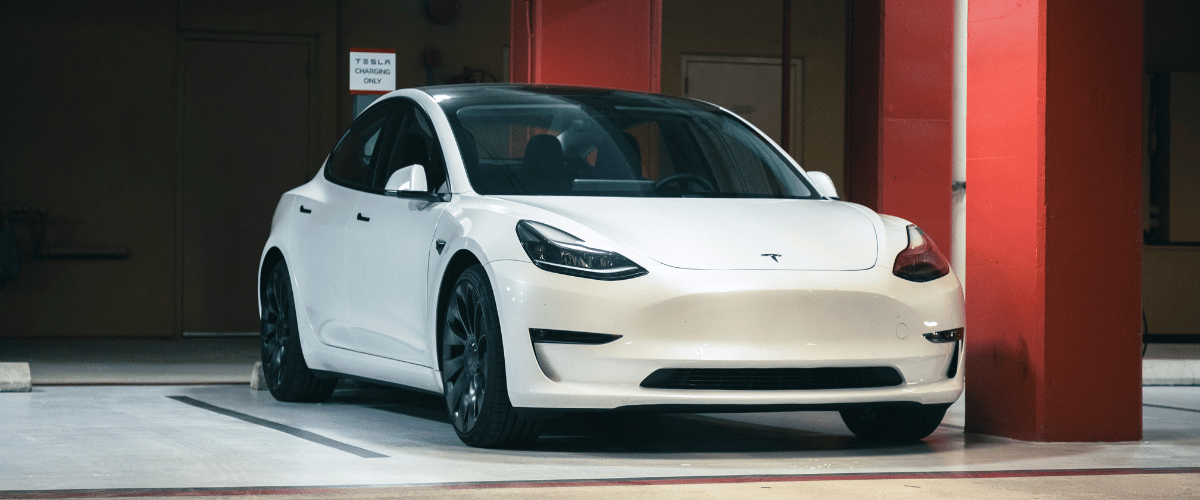
3. Check your EV tyre pressure
Tyre pressure drops as the in-car temperature falls, leading to greater rolling resistance and reduced mileage range. It’s good practice to check your tyres every month anyhow (including tyre pressure and tread depth), but it’s particularly important when the outside temperatures change considerably with the seasons. You could preserve your EV range by doing so.
Another way to protect your electric car tyres in cold weather is to invest in specialist winter tyres. Despite your four-wheel drive, EVs can still be susceptible to skidding. This is where winter tyres come in. With more grooves, traction is increased, allowing your EV to have more grip on snow and ice.
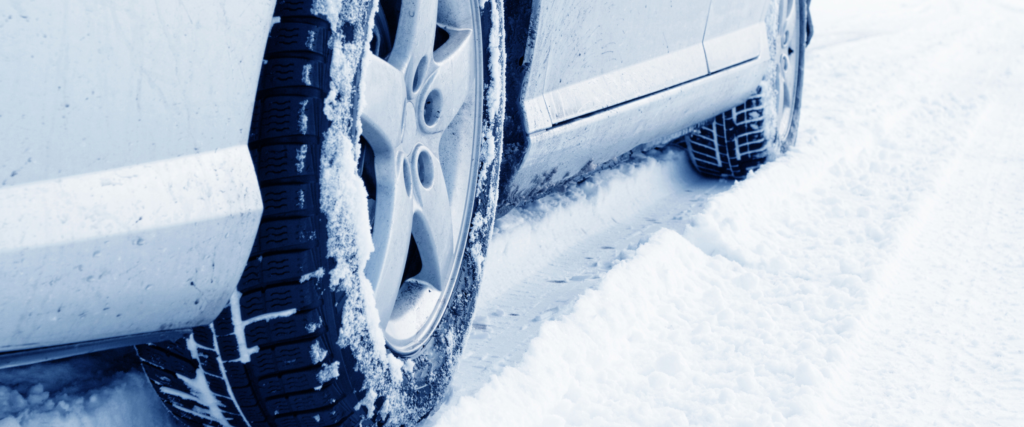
4. Precondition your electric car
You may be wondering – how do you heat an electric car in winter? Preconditioning is the answer.
A unique only-to-EVs feature, preconditioning allows you to conserve energy and heat both the interior of your car and the battery with a scheduled “start” time usually from your EV app or car settings. If you precondition your EV while it is plugged in to charge, your car will, therefore, be at the right temperature when you start your drive without using your battery to do so.
Since you won’t have to heat your electric vehicle using your battery’s reserves, your EV will operate more efficiently, meaning you’ll get back some of those miles. Not to mention how the inside of your car will be warm whenever you decide to leave for your trip (so you won’t have to worry about getting into a chilly car during those cold winter mornings).
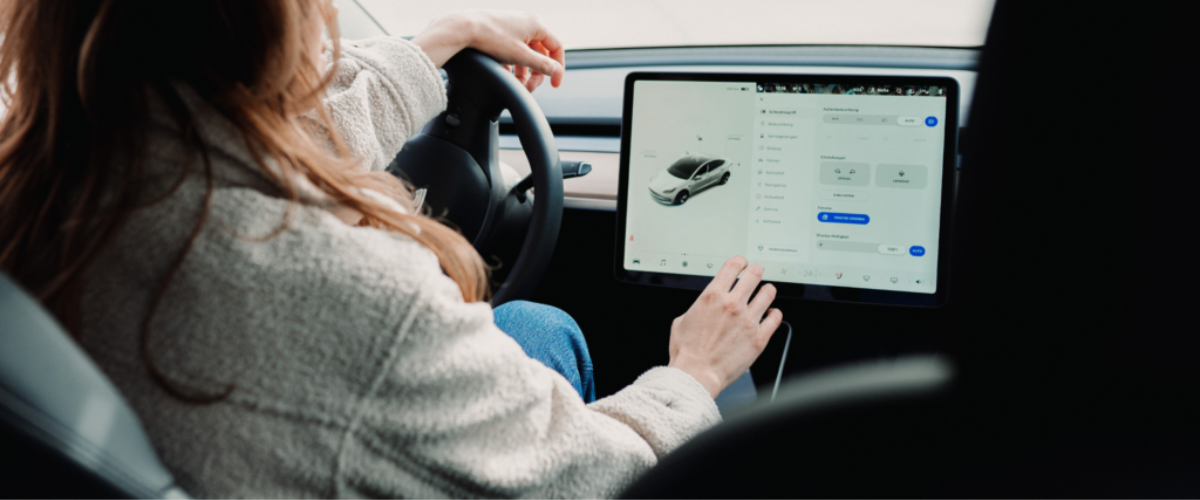
5. Be smart when heating your car
Using the car’s heater is an inefficient way to use your EV’s electricity. And if you forget to precondition your electric car before a journey, our advice is to try and heat yourself rather than the empty space around you to preserve energy.
By this, we mean you’re better off turning down the car’s main heater and cranking the heated seats and steering wheel up if you have them. Likewise, if you have a heated windscreen – use that rather than the blower to defrost.

6. Drive conservatively
Avoid sudden acceleration and braking, and don’t drive at excessive speeds. All these factors affect the range of your EV, but more importantly, this is good practice when driving any car in inclement weather.
In the wintertime, reduce energy loss by driving conservatively and limiting energy use in the cabin. This helps with range and efficiency all year round, but even more so during colder months. Drive at moderate speeds, in addition to limiting frequent and rapid acceleration and deceleration.
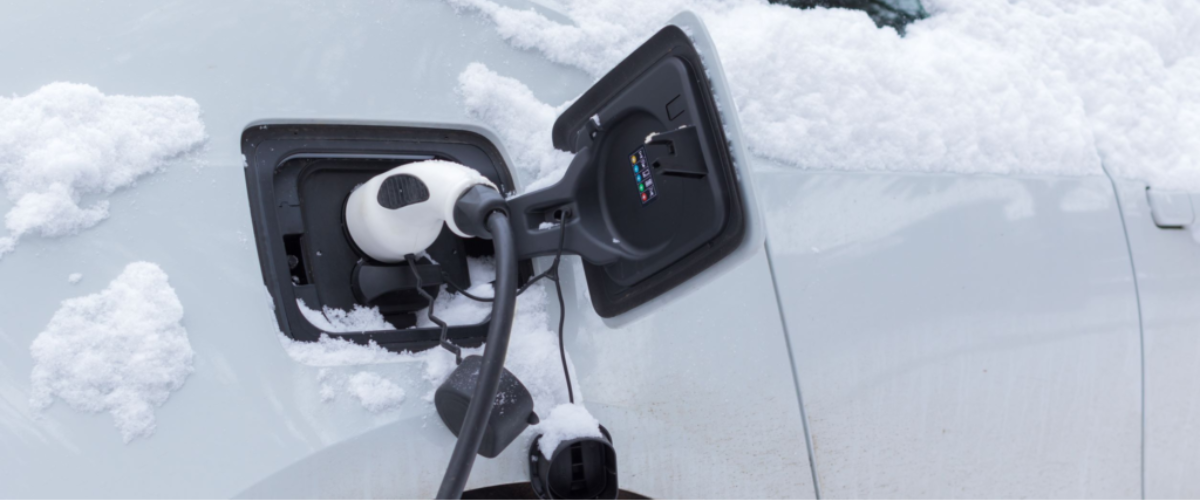
Summary:
Unfortunately, electric cars don’t perform as well in winter, especially the snow, resulting in a drop in range. However, there are tips and tricks to mitigate this slight dip in performance: using your EV’s Eco-Mode setting, taking advantage of indoor parking facilities, checking your tyre pressure, preconditioning your EV, being smart when heating your car, and driving conservatively.
Interested in maintaining your EV battery with a home EV charger?
Purchasing a smart home EV charger is crucial to ensure your car performs optimally over winter. This will allow you to not only schedule your charging when electricity is cheaper, but you’ll be able to schedule charging sessions from the comfort and warmth of your home via an app.
What’s more, having a smart EV charger installed at your home will enable you to easily precondition your car whilst plugged in each morning without draining your battery and range.
If you are looking to get an EV charger installed at your home, click below to get your free quote, or contact us for more information or any queries you may have.
For more information and our latest updates, follow us on Facebook, Instagram, Twitter, LinkedIn and YouTube.
Related articles_
Stay up to date on the latest from We power your car_
I consent to receive newsletters from We Power Your Car. Please see our Privacy Policy
